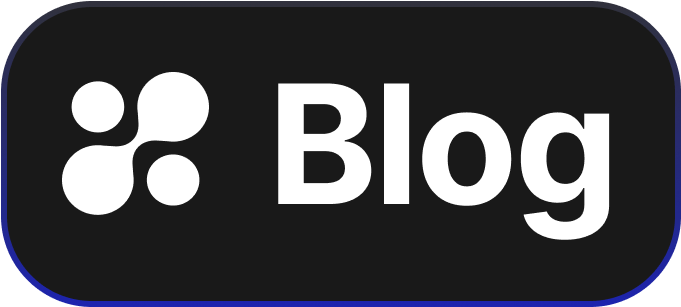Navigating Security Compliance with Okta: A Manager's Guide to Seamless Integration
Security compliance is a top concern for anyone managing technology. As data breaches become more common, ensuring that your systems are secure and compliant with regulations is critical. Okta, a popular identity management platform, offers a robust solution to help with this. By leveraging Okta, you can manage user access efficiently while keeping your company’s data secure. In this post, we'll explore how technology managers can integrate security compliance with Okta successfully.
Understanding Security Compliance
Security compliance involves adhering to standards and regulations designed to protect data. For technology managers, this can include ensuring systems are configured correctly, monitoring network access, and managing user behaviors. Failing to comply can lead to data breaches, financial penalties, and damage to company reputation.
Okta is an identity management tool that enhances security by managing users' access to applications and networks. It helps technology managers enforce compliance by providing robust authentication and user management features.
Why Okta Stands Out
- Comprehensive User Management: With Okta, you can manage who has access to what in a way that’s easy to oversee. This makes it simpler to keep track of user activities and enforce the least privilege access policy, where users only have permissions necessary for their tasks.
- Multi-Factor Authentication (MFA): Security compliance often requires multiple layers of authentication. Okta’s MFA feature adds an extra layer of security, making it harder for unauthorized users to gain access.
- Centralized Control: Okta provides a single platform to manage user identity and access, reducing the complexity of handling multiple systems. This centralization ensures that compliance checks and updates happen consistently.
- Audit and Reporting: To maintain compliance, you need clear records of system access and user behaviors. Okta offers comprehensive reporting tools that help managers monitor system activities and generate compliance reports.
Implementing Okta for Security Compliance
- Assess Current Needs: Begin with understanding your current security requirements. Identify areas where you need stricter controls and where Okta can integrate seamlessly.
- Plan Integration: Strategize how Okta will fit into your existing system architecture. Work with IT to ensure all relevant applications and networks can connect through Okta.
- Roll Out MFA: One of Okta's strengths is its multi-factor authentication. Deploy this feature across your systems to add an extra layer of security.
- Train Your Team: Ensure everyone understands how to use Okta effectively. This helps avoid common pitfalls and ensures the tool is used to its fullest potential.
- Regular Audits and Updates: Keep compliance at the forefront with regular audits of user access logs and security alerts. Update policies and configurations as needed to meet evolving security standards.
Conclusion
Technology managers must be proactive in managing security compliance. Okta provides a powerful tool to manage user identity and access, adding immense value by streamlining compliance processes. The ease of integration and comprehensive features make it an essential part of any security framework.
Ready to see this security compliance cooperation in action? Visit Hoop.dev to explore how you can integrate these features and see it live in minutes. Ensure your systems are not only secure but also efficient and compliant with industry standards.
